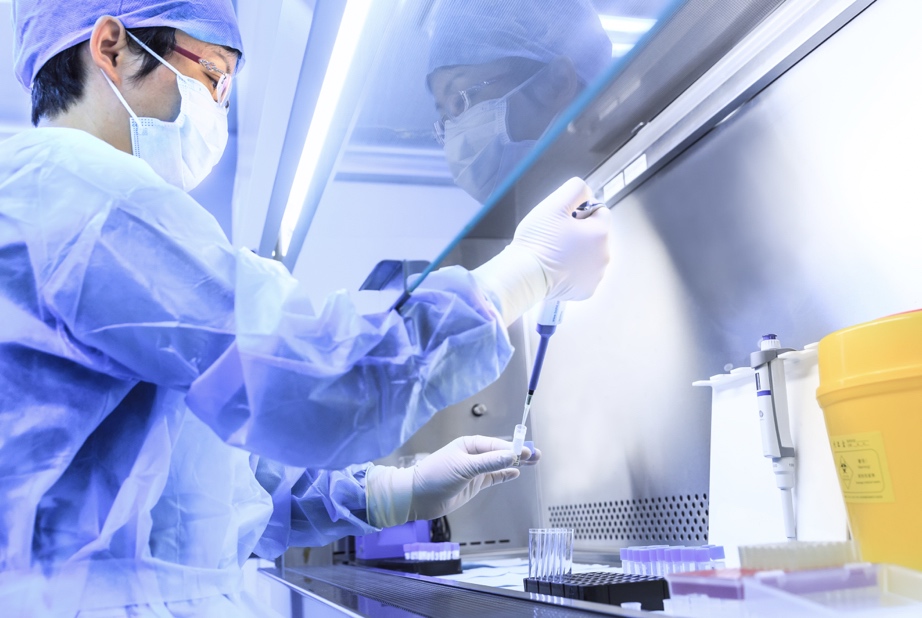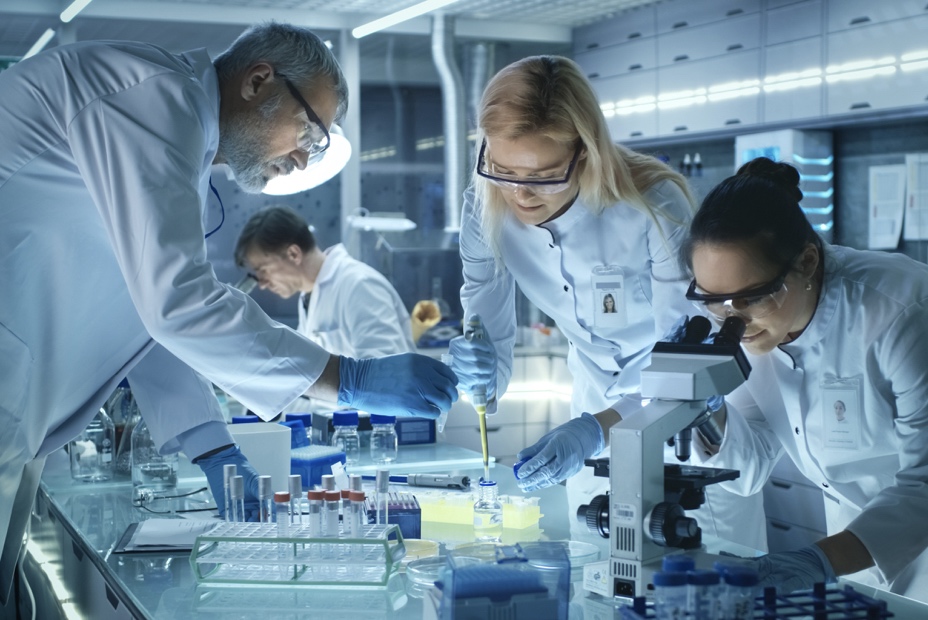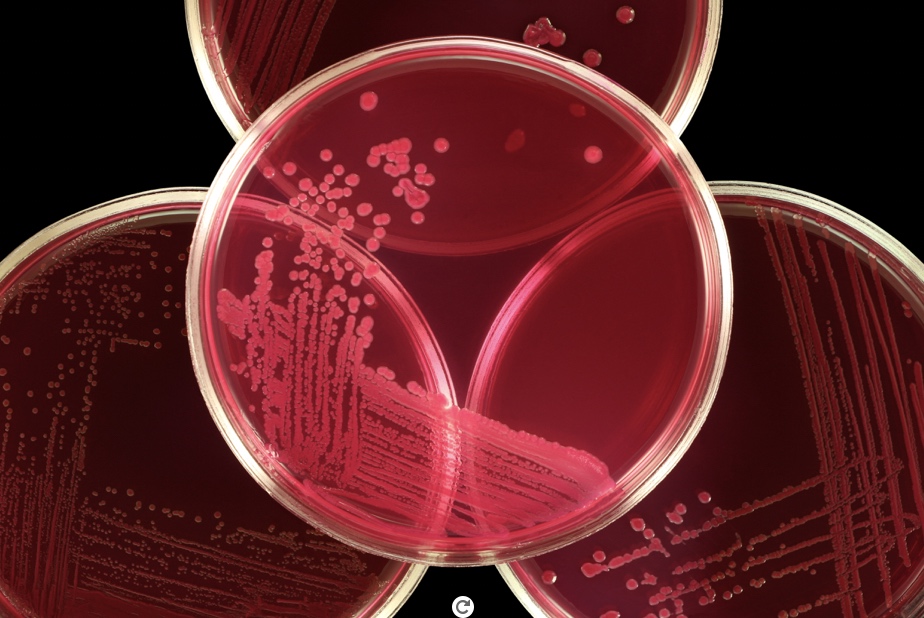Welcome to the Institutional Biosafety Committee (IBC)
What is an Institutional Biosafety Committee (IBC)
An Institutional Biosafety Committee (IBC) is required at institutions that receive funding from the National Institutes of Health (NIH) to review research involving recombinant or synthetic nucleic acid molecules, in accordance with the NIH Guidelines for Research Involving Recombinant or Synthetic Nucleic Acid Molecules. At the University of Utah, the IBC also has the responsibility of reviewing a variety of experimentation that involves biological materials, such as risk group 2 or higher pathogens, and other potentially hazardous agents, including acute biological toxins, human blood, tissues and cell lines. The IBC works in conjunction with the Biosafety Office in the Office of Environmental Health and Safety to develop procedures to facilitate the safe conduct of biological research at the University of Utah.
What biological materials must be reviewed and approved by the IBC
Work with recombinant or synthetic nucleic acid molecules, including the generation of de novo transgenic animals
Studies using human or animals pathogens, including materials known to harbor pathogens (for example, blood from HBV-positive patients)
The introduction of recombinant or synthetic nucleic acid molecules or infectious agents into human subjects
The use of recombinant or synthetic nucleic acid molecules or pathogenic agents in whole animals
Materials potentially containing human pathogens (for example, unfixed human specimens, human blood)
Cell and organ cultures of human origin (including established cell lines), human embryonic stem cells, and pluripotent cells and their derivatives
The administration of human or non-human primate cells (primary cultures and established cell lines) or tumors into whole animals

Mission
The mission of the IBC is to support safe, secure and responsible research with biological materials by providing technical assistance and oversight to assure the safety of researchers, research materials, the environment and the public.

Vision
Our vision is to build a partnership with researchers to ensure that all personnel are aware of risks and that they are empowered to learn, discover, and work in a manner that protects human and animal health and the environment.

Biosafety Manual
The University of Utah Biosafety manual describes practices, procedures and requirements for the safe handling and use of biohazardous materials for research, clinical, and teaching activities and can be downloaded here.
